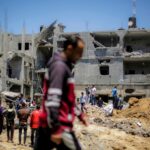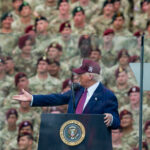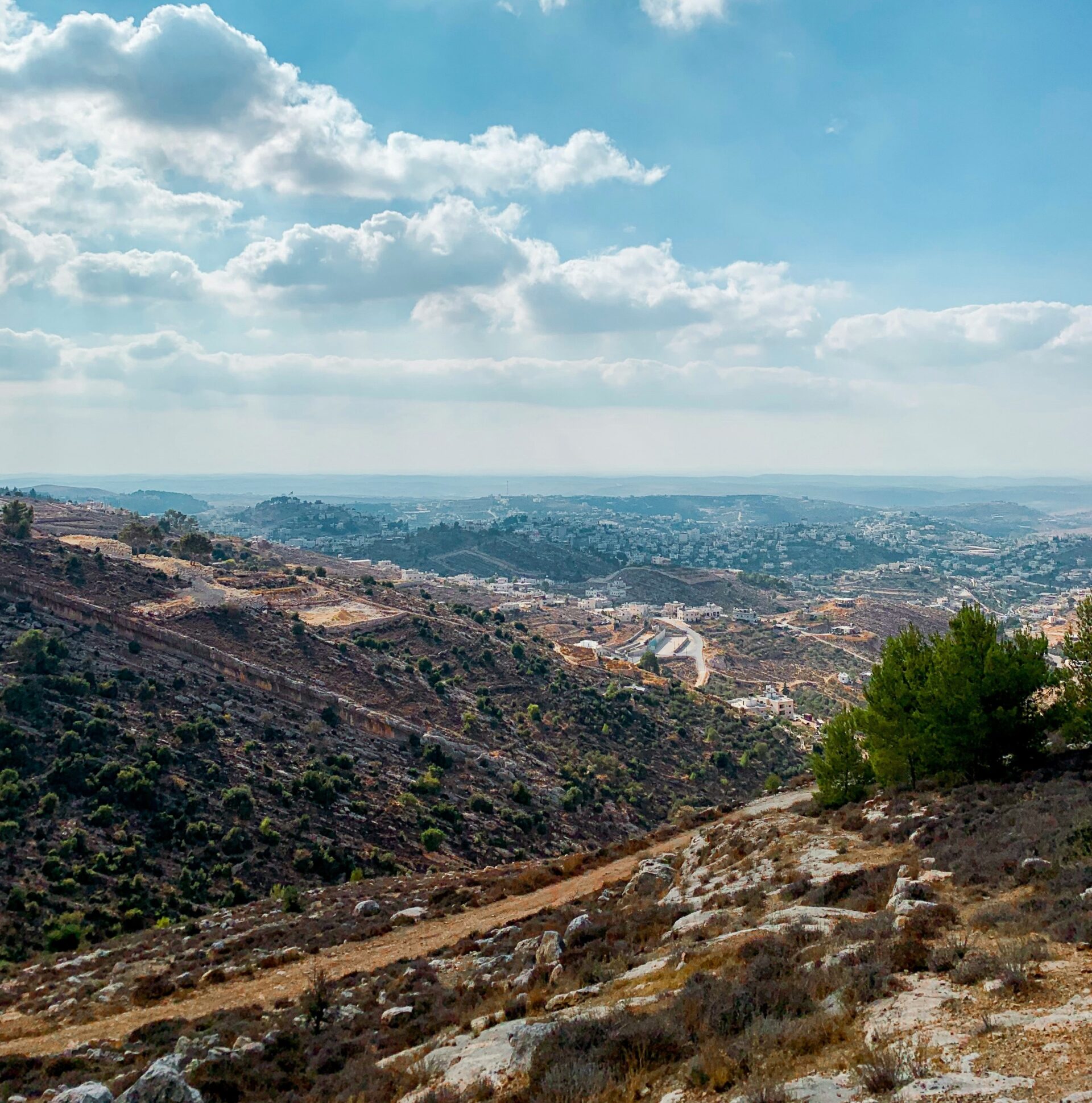Israeli settler violence is threatening Palestinians in the occupied West Bank as never before, with Israeli armed civilians and soldiers metastasizing into militia-like squads and extreme military units.
Since Hamas’s attack on Israel from Gaza on Oct. 7 2023, armed settlers have killed at least nine Palestinians in the West Bank, according to figures to the end of May from ACLED, the leading supplier of global conflict data. Prior to Oct. 7, killings by settlers were much more rare.
A History of Settlements
A quick history: After Israel seized the West Bank in 1967, Israeli settlements were established, initially to serve as Israel’s eastern security buffer. Largely occupied by religious Zionists driven by the ideology that settling the land is a religious duty, Israel explicitly pursued the objective of interrupting the demographic contiguity of Palestinians and solidifying its presence across the entire West Bank.
Today, an estimated 500,000 Israelis reside in 147 settlements and 191 illegal outposts in what has been known since the 1995 Oslo Accords as Area C, an amorphous, Israeli-majority, Israel-administered rural area that constitutes about 60% of the West Bank. Indeed, more than 10% of the West Bank is now located within the municipal boundaries of Israeli settlements, which, alongside vast open areas controlled by the settlements’ regional councils, now comprise approximately 40% of the total area in the West Bank.
The presence and expansion of settlements in the West Bank has long been a flashpoint for violence. ACLED has recorded 5,350 violent incidents in the West Bank involving settlers since it began tracking violence in the Palestinian territories in 2016. Over 535 of these were recorded in the last quarter of 2023, the highest quarterly total seen so far.
A Growing and Evolving Threat
The killings of Palestinians by Israeli settlers between Oct. 7 and the end of May are separate from another 200 unarmed Palestinians and about 350 other mostly armed Palestinians killed in the West Bank by the Israeli armed forces; Palestinians meanwhile killed three civilian settlers and at least 11 Israeli soldiers in the same period.
On top of this, according to the United Nations, in nearly half of all settler attacks documented in 2023, Israeli forces were either accompanying or actively supporting the settler perpetrators. What’s also new — according to our latest study — is that this violence is being committed by a combination of three distinct violent groups: armed individual settlers often operating in the presence of soldiers, settlement security squads frequently on patrol in partial military uniform, as well as settler soldiers (settlers who are drafted into the IDF).
Alongside the horrific death toll of civilians in Gaza, Palestinians in the West Bank are bearing the brunt of this new wave of violence carried out by increasingly emboldened armed Israelis with close ties to politics, settlers, and the military.
Settler violence includes throwing stones at civilians and property, livelihood destruction, and the beating and shooting and killing of Palestinian civilians. Since Oct. 7, ACLED has recorded nearly 200 acts of settler violence using firearms. Iin the fourth quarter of 2023, violence by armed settlers reached a new high, marking a seven times increase compared to the previous quarter. This may be linked to Minister of National Security Itamar Ben-Gvir — who himself is a settler — significantly easing regulations for firearm acquisition.
More than a Ceasefire
On top of armed settlers operating on their own, since Oct. 7 there has been a reported rise in violence by armed settlers who have been reinforced and now often appear in military fatigues. These civilian security squads are also behaving in a more unrestrained way. Over half of the violence or threats of violence likely committed by emergency security squads has been recorded in Hebron — long an epicenter of settler violence — where residents have also been subject to violence and displacement by settler soldiers.
Furthermore, following the mobilization of over 5,500 reservist settlers as part of the regional defense battalions in the West Bank, Israeli Defense Forces targeting of civilians reached an all-time high in ACLED data in the last quarter of 2023 — a six times increase compared to the previous quarter.
Israel’s greatest ally, the United States, has started to impose a series of sanctions linked to Israeli human rights violations in the West Bank, while the Israeli army has frozen the operations of the Desert Frontier unit, known for recruiting extremist settlers from hilltop youth often involved in violence against Palestinians.
But alongside the horrific death toll of civilians in Gaza, Palestinians in the West Bank are bearing the brunt of this new wave of violence carried out by increasingly emboldened armed Israelis with close ties to politics, settlers, and the military. It will take a lot more than a ceasefire in Gaza (though that would be a welcome start) to end the long-standing violence that is becoming chronic in other Palestinian territories.














